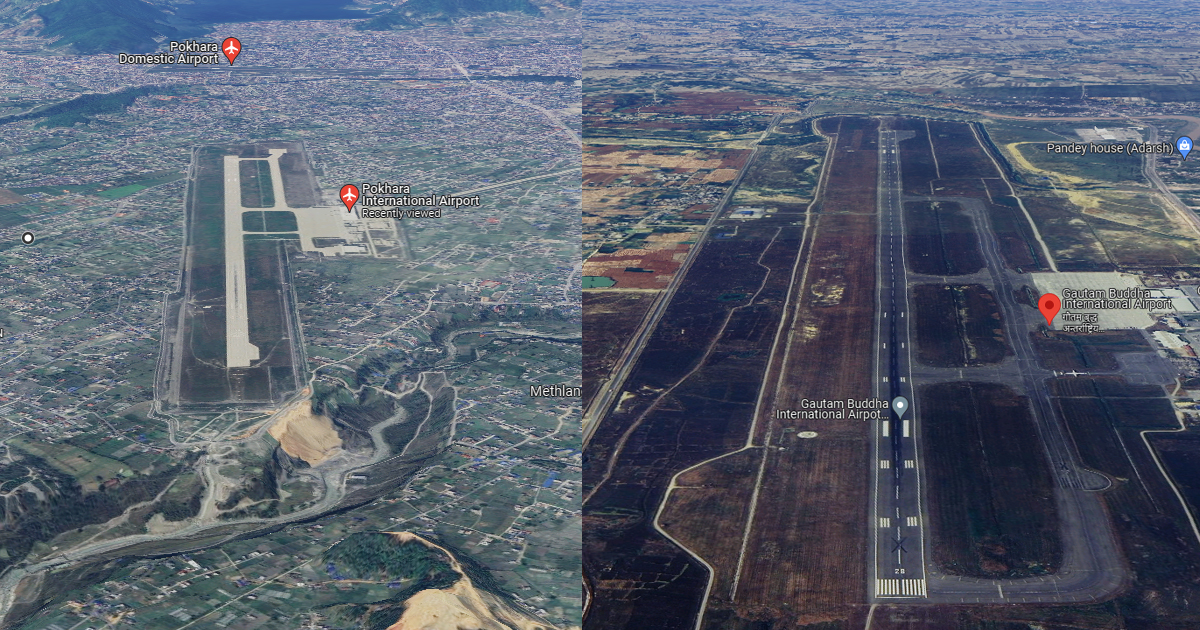Kathmandu: Seventeen years after implementing the Tourism Policy of 2008, the Government of Nepal has introduced a new national tourism policy aimed at enhancing infrastructure, services, and private sector engagement.
Ministry of Culture, Tourism, and Civil Aviation has officially released and will oversee the implementation of the new Tourism Policy 2025, which includes a landmark provision allowing private entities to operate both international and domestic airports.
The policy explicitly states that private investment will be promoted in the development and operation of national and international airports.
This paves the way for private sector involvement not just in upcoming airport projects but also in existing facilities—including Kathmandu’s Tribhuvan International Airport (TIA), Pokhara International Airport, and Gautam Buddha International Airport in Bhairahawa. The policy aims to hand over operations of these airports to private entities under public-private partnership (PPP) frameworks.
This move further reinforces earlier government efforts to involve private companies in airport management. Concerns have been raised in the past about privatizing the profitable TIA, with critics warning that it could amount to selling off a national asset.
However, a past study had already recommended that all three international airports be bundled into a single operating package to make private operation viable and effective.
An official study commissioned by the government had also suggested operating and constructing Nepal’s international airports under a lease-operate-transfer (LOT) model. The study proposed that the government lease out TIA and use the lease revenue to fund the construction of the Nijgadh International Airport in Bara. While the government accepted this suggestion in principle, it has yet to take a final decision.
Under the new tourism policy, the government now appears to be positioning TIA as the cornerstone of a strategic bundle—offering the profitable Kathmandu airport alongside the relatively underperforming airports in Pokhara and Bhairahawa to private investors in a unified package.
The study submitted to the government in April 2024 proposed leasing TIA for a fixed period and using the upfront payments received to begin construction on Nijgadh Airport. This suggestion forms the core of the government’s new investment strategy in tourism infrastructure.
The Tourism Policy 2025 also outlines a broader vision of developing regional airports outside the Kathmandu Valley as “aerial hubs”, facilitating cross-border and international air services. This initiative aims to distribute aviation growth more evenly across the country.
In addition to aviation, the policy emphasizes boosting sports tourism at the provincial and local levels by attracting investments in sports infrastructure through public-private partnerships. The overarching goal of the new policy is to mobilize domestic and foreign investment to improve tourism services, diversify travel destinations, and make Nepal a more competitive player in the global tourism market.



Comment Here